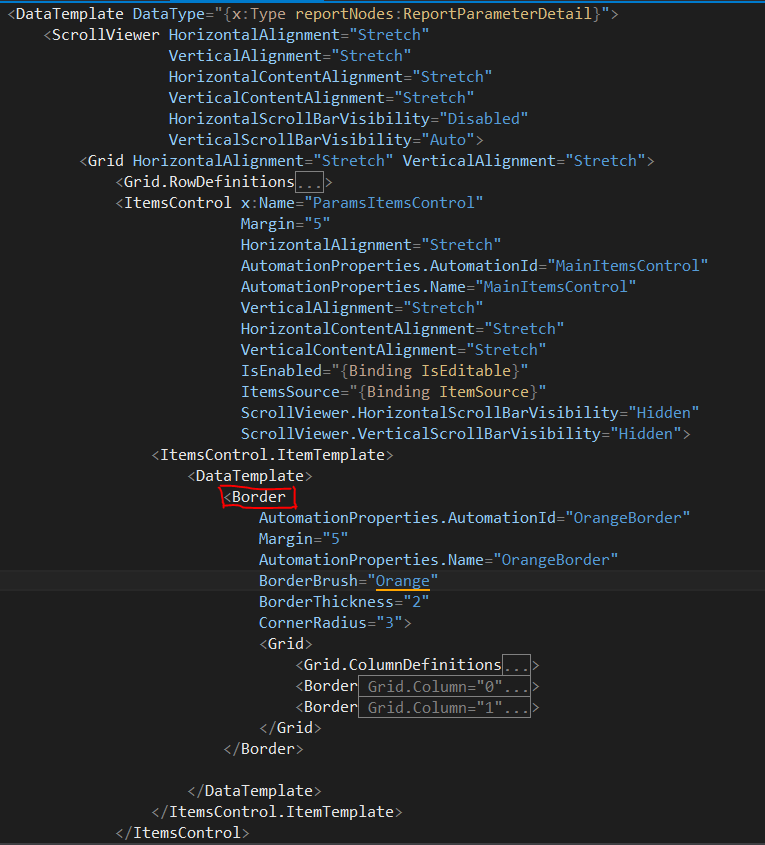From XAML to Xamarin
Recently I started exploring Xamarin Cross-platform framework (Xamarin.Forms) to develop apps for Android, iOS and UWP.
There are couple of frameworks for doing cross-platform mobile app development, however, as I am dominantly a C#/WPF developer, I chose Xamarin.Forms. This decision turned out to be the best decision, mainly because I had vast experience using Xaml and C# and saved 80% of my learning time.
It was a great experience with Visual Studio integration of Xamarin and It took only 4-5 days to get acquainted with Xamarin.
I will soon be uploading my app on Play stores, but first let me share the Pros and Cons I found:
Advantages:
There are couple of frameworks for doing cross-platform mobile app development, however, as I am dominantly a C#/WPF developer, I chose Xamarin.Forms. This decision turned out to be the best decision, mainly because I had vast experience using Xaml and C# and saved 80% of my learning time.
It was a great experience with Visual Studio integration of Xamarin and It took only 4-5 days to get acquainted with Xamarin.
I will soon be uploading my app on Play stores, but first let me share the Pros and Cons I found:
Advantages:
- Xamarin & .NET are very well architectures. C# is a fantastic language.
- Being able to use C# to develop on not just one, but 3 platforms.
- Since 2017, its completely Free.
- Xamarin allows to take my knowledge of C# and apply this to the iPhone and then Android. Can use existing c#/.net knowledge in iOS and Android.
- It allows you to use almost 100% native libraries of both Android & iOS.
- It’s easier for developers to move from one project to another. You won’t be stuck with Android developers not being able to do anything while the iOS developers are too busy.
- No context switching between languages. We can go from iPhone to android to the web using one language.
- Plug in components that make adding SDKs for commonly used services like Dropbox, Azure, AWS, Auth0 etc. a breeze.
- Cross platform support for phone functionality like camera, Geo-location etc. with Xamarin Mobile.
Disadvantages:
- It is not an open source application, so community help is not as good as native Android.
- Performance is a bit slower than native android OR iOS (since Xamarin is still evolving), but difference is only within few milliseconds.


Comments
Post a Comment